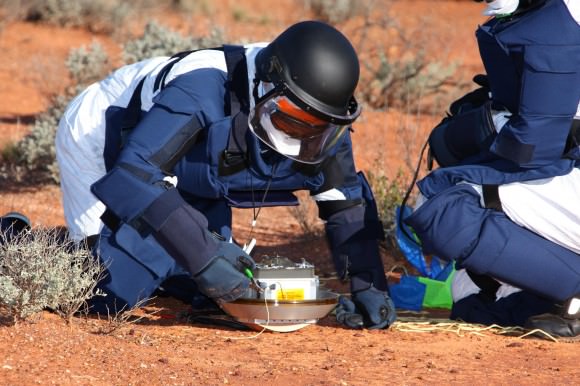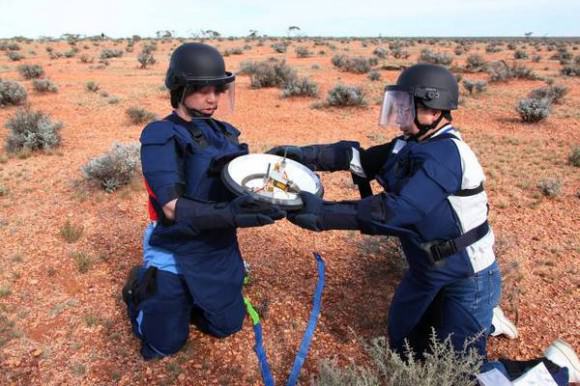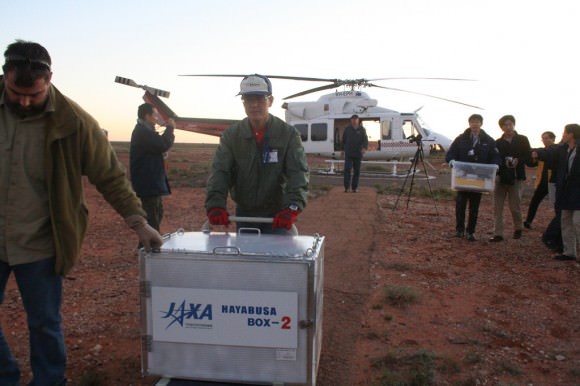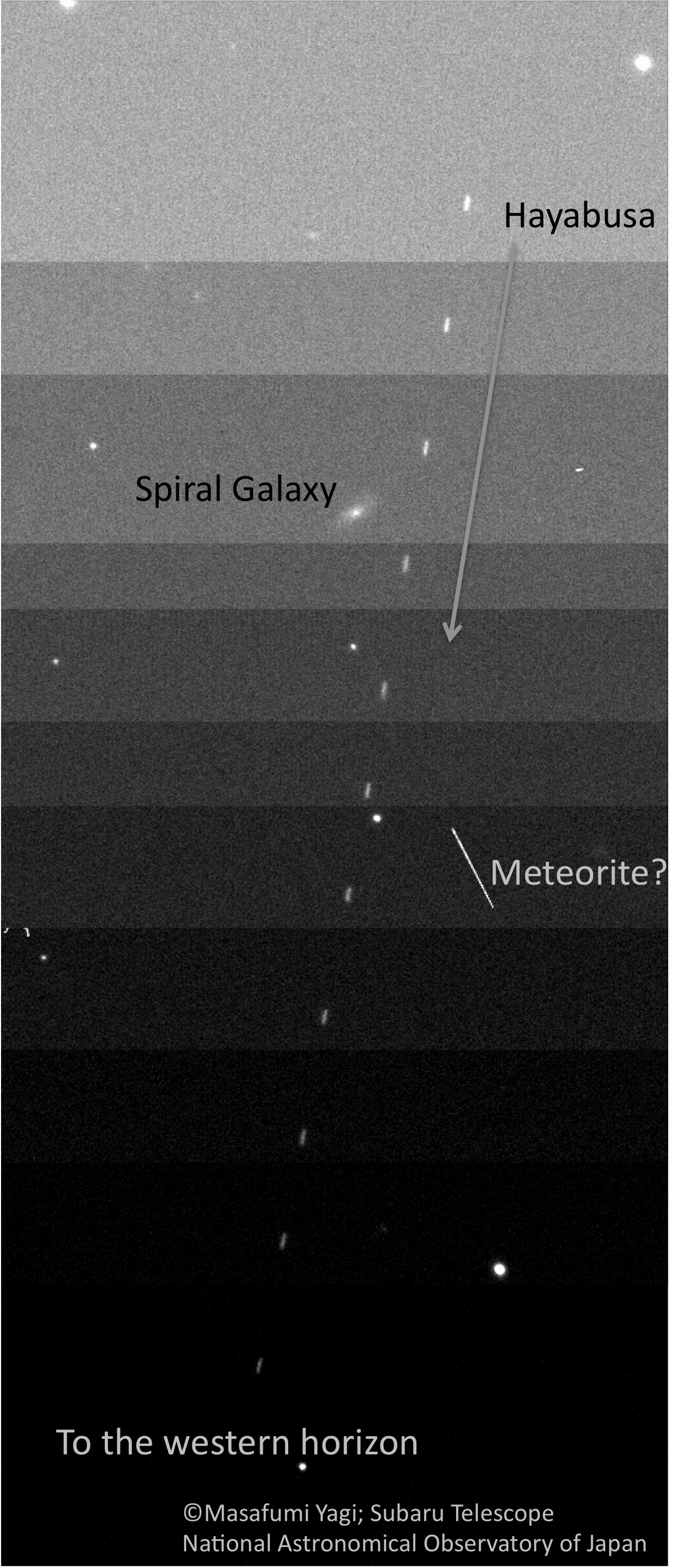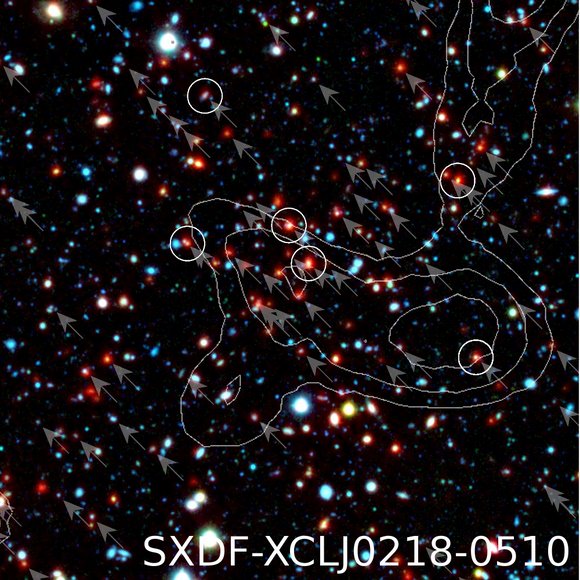[/caption]
Like a location from Star Wars, this galaxy cluster is far, far away and with origins a long, long time ago. With the ungainly name of SXDF-XCLJ0218-0510, this cluster is actually the most distant cluster of galaxies ever seen. It is a whopping 9.6 billion light years away, and X-ray and infrared observations show that the cluster hosts predominantly old, massive galaxies. This means the galaxies formed when the universe was still very young, so finding this cluster and being able to see it is providing new information not only about early galaxy evolution but also about history of the universe as a whole.
An international team of astronomers from the Max Planck Institute for Extraterrestrial Physics, the University of Tokyo and the Kyoto University discovered this cluster using the Subaru telescope along with the XMM-Newton space observatory to look in different wavelengths.
Using the Multi-Object Infrared Camera and Spectrometer (MOIRCS) on the Subaru telescope, the team was able to look in near-infrared wavelengths, where the galaxies are most luminous.
“The MOIRCS instrument has an extremely powerful capability of measuring distances to galaxies. This is what made our challenging observation possible,” said Masayuki Tanaka from the University of Tokyo. “Although we confirmed only several massive galaxies at that distance, there is convincing evidence that the cluster is a real, gravitationally bound cluster.”
Like a contour map, the arrows in the image above indicate galaxies that are likely located at the same distance, clustered around the center of the image. The contours indicate the X-ray emission of the cluster. Galaxies with confirmed distance measurements of 9.6 billion light years are circled. The combination of the X-ray detection and the collection of massive galaxies unequivocally proves a real, gravitationally bound cluster.
That the individual galaxies are indeed held together by gravity is confirmed by observations in a very different wavelength regime: The matter between the galaxies in clusters is heated to extreme temperatures and emits light at much shorter wavelengths than visible to the human eye. The team therefore used the XMM-Newton space observatory to look for this radiation in X-rays.
“Despite the difficulties in collecting X-ray photons with a small effective telescope size similar to the size of a backyard telescope, we detected a clear signature of hot gas in the cluster,” said Alexis Finoguenov from the Max Planck Institute for Extraterrestrial Physics.
The combination of these different observations in what are invisible wavelengths to the human eye led to the pioneering discovery of the galaxy cluster at a distance of 9.6 billion light years – some 400 million light years further into the past than the previously most distant cluster known.
An analysis of the data collected about the individual galaxies shows that the cluster contains already an abundance of evolved, massive galaxies that formed some two billion years earlier. As the dynamical processes for galaxy aging are slow, presence of these galaxies requires the cluster assembly through merger of massive galaxy groups, each nourishing its dominant galaxy. The cluster is therefore an ideal laboratory for studying the evolution of galaxies, when the universe was only about a third of its present age.
As distant galaxy clusters are also important tracers of the large scale structure and primordial density fluctuations in the universe, similar observations in the future will lead to important information for cosmologists. The results obtained so far demonstrate that current near infrared facilities are capable of providing a detailed analysis of distant galaxy populations and that the combination with X-ray data is a powerful new tool. The team therefore is continuing the search for more distant clusters.
Source: Max Planck Institute for Extraterrestrial Physics
